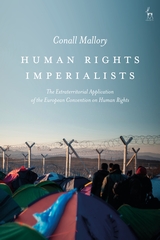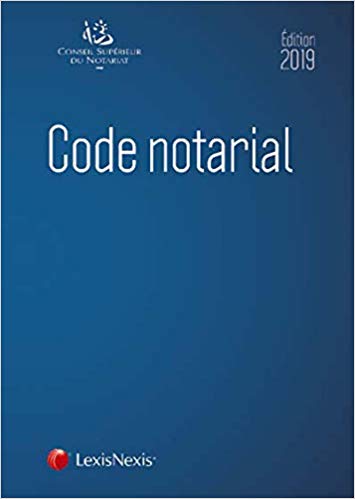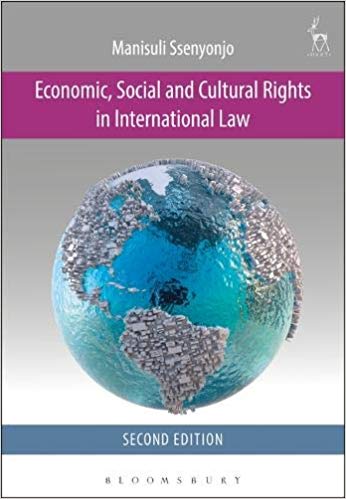Description
The Extraterritorial Application of the European Convention on Human Rights
About Human Rights Imperialists
To what extent do a state’s obligations under the European Convention on Human Rights apply beyond its territorial borders? Are soldiers deployed on overseas operations bound by the human rights commitments of their home state? What about other agents, like the police or diplomatic and consular services? If a state’s obligations do apply abroad, are they to be upheld in full or should they be tailored to the situation at hand?
Few topics have posed more of a challenge for the European Court of Human Rights than this issue of the Convention’s extraterritorial application. This book provides a novel understanding on why this is by looking at the behaviour of those principally tasked with interpreting the treaty: the Strasbourg Court, state parties, and national courts. It offers a theory for how these communities operate: what motivates, constrains and ultimately shapes their interpretive practices. Through a detailed analysis of the jurisprudence, with a particular focus on British authorities and judges during and after the Iraq War (2003), the book provides an explanation of how the interpretation of extraterritorial obligations has developed over time and how these obligations are currently understood. Some have argued that it is imperialistic to apply the Convention extraterritorially. If this is the case, the focus of this book is on those ‘imperialists’ who have interpreted European human rights law to extend beyond a state’s borders, as it is with them that any lasting solution to the challenge will be found.
Table Of Contents
Introduction
I. The Extraterritorial Question
II. The Strasbourg Approach
III. The Claims of the Book
IV. The Structure of the Book
1. Creating Human Rights ‘Jurisdiction’
I. Introduction
II. The Drafting of Article 1
III. The Problem with ‘Jurisdiction’
IV. Creating Human Rights Jurisdiction
V. Conclusion
2. Interpreting the European Convention on Human Rights
I. Introduction
II. The Convention’s Interpretive Parties
III. The ‘Correct’ Process of Interpretation
IV. Interpretive Communities
V. Article 1’s Interpretive Communities
VI. Conclusion
3. Incremental Normalisation: The Strasbourg Approach 1953–2001
I. Introduction
II. The Point of Departure
III. Judicial Minimalism
IV. Enhanced Justification
V. Consideration of Context
VI. Conclusion
4. Deconstruction and Reconstruction: The European Court of Human Rights 2001–10
I. Introduction
II. Judicial Deconstruction: Bankovic v Belgium and Others
III. Judicial Reconstruction
IV. An Unsettled Community
5. The Contracting Parties: Competing for Meaning
I. Introduction
II. Applying the ECHR to Iraq
III. Three Categories of State Arguments
IV. State Acceptance of the Convention’s Extraterritorial Application
V. Conclusion
6. National Courts: The Systemisation of ‘Jurisdiction’
I. Introduction
II. The Five Bases of Jurisdiction
III. Conclusion
7. The European Court of Human Rights: Strategic (Re-)alignment
I. Introduction
II. Personal Jurisdiction: ‘State Agent Authority and Control’
III. Spatial Jurisdiction
IV. Applying the Convention Abroad
V. Conclusion: Temporary Stability
8. A Return to the Drawing Board
I. Introduction
II. Guiding Principles
III. Conservative Options
IV. Progressive Options
V. A Proposal
VI. The Communities
VII. Conclusion
Conclusion: Human Rights Imperialists






